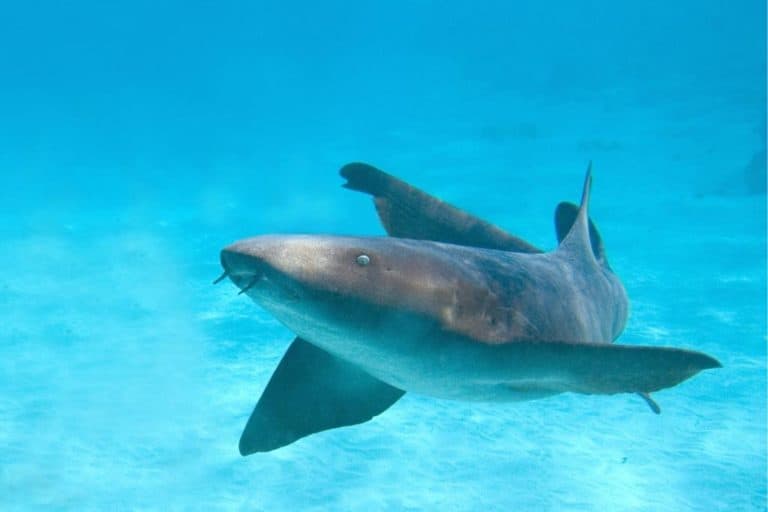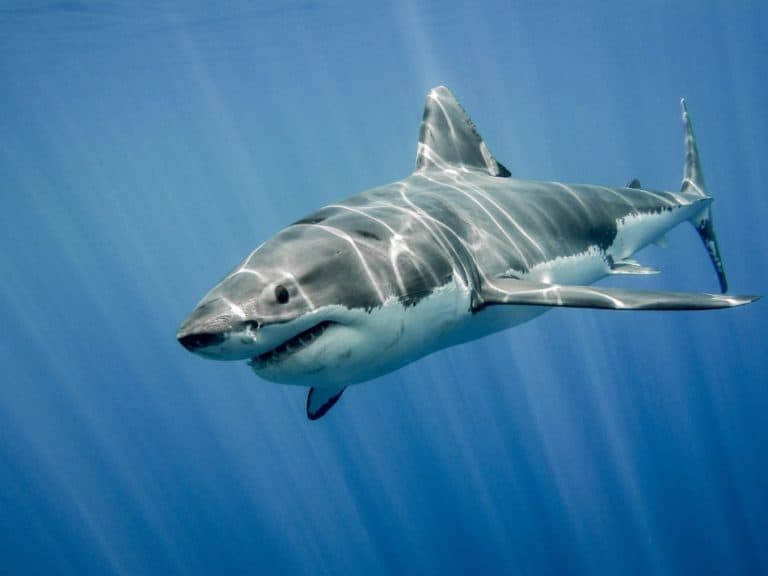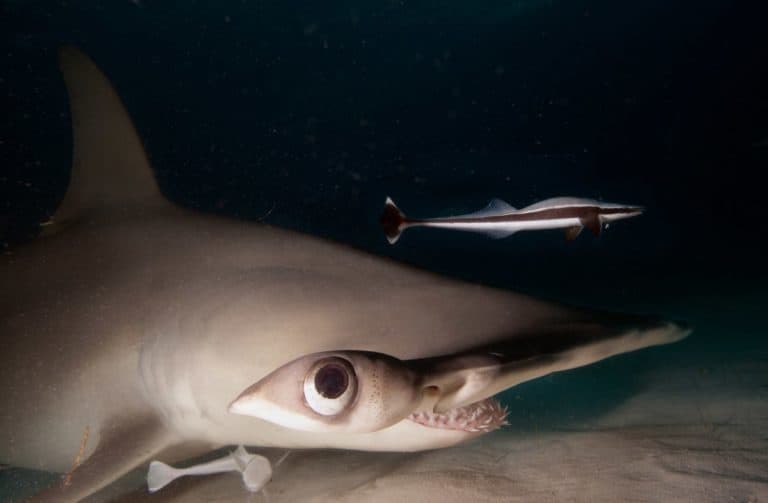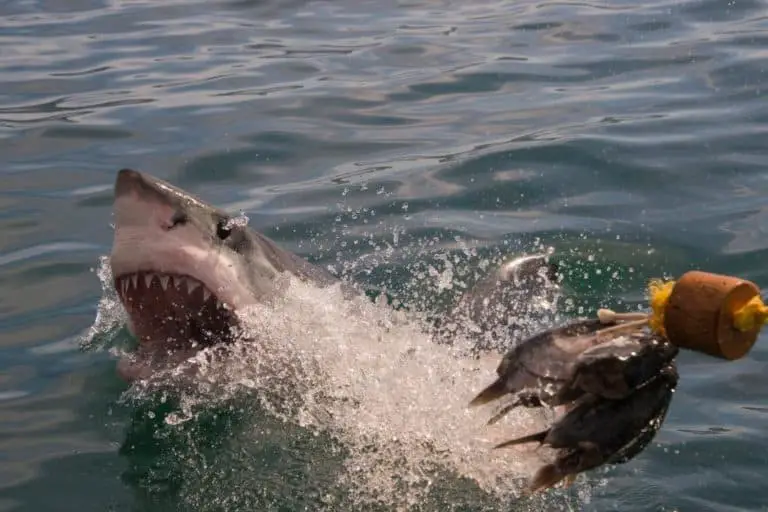Are bull sharks dangerous? (Facts You Need to Know)
There’s no question that bull sharks are dangerous animals. They’re determined and tenacious, with a short, blunt snout, an aggressive disposition, and a predisposition to head-butt their prey before attacking.
They’ve been among the three most likely species to attack humans, along with great whites and tiger sharks.
What makes bull sharks so dangerous is their willingness to attack humans. They’re not afraid of us and see us as potential prey. And while great white sharks may be more feared, experts believe that bull sharks are more dangerous because they’re more aggressive and territorial.
Are bull sharks aggressive?
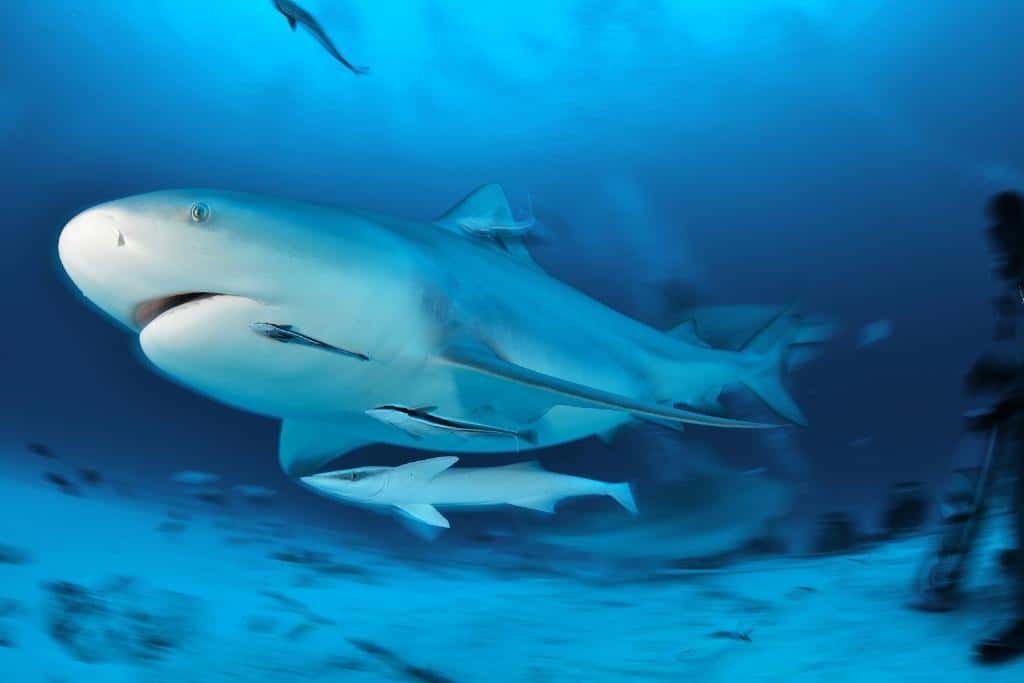
It’s a question that often comes up, given their reputation, and it’s true that bull sharks can be aggressive, but not always.
In most cases, bull sharks will avoid contact with humans. There have been reports of bull sharks attacking swimmers, but these are usually isolated incidents.
Most bull shark attacks occur in waters with a high density of humans and other predators, such as Australia’s Great Barrier Reef. In these areas, the sharks are more likely to see humans as potential prey.
Consequently, it is essential to be aware of the risks when swimming in areas where bull sharks are known to inhabit. But it’s also important to remember that shark attacks are sporadic and usually only occur when the sharks are surprised or feel threatened.
What makes bull sharks aggressive?
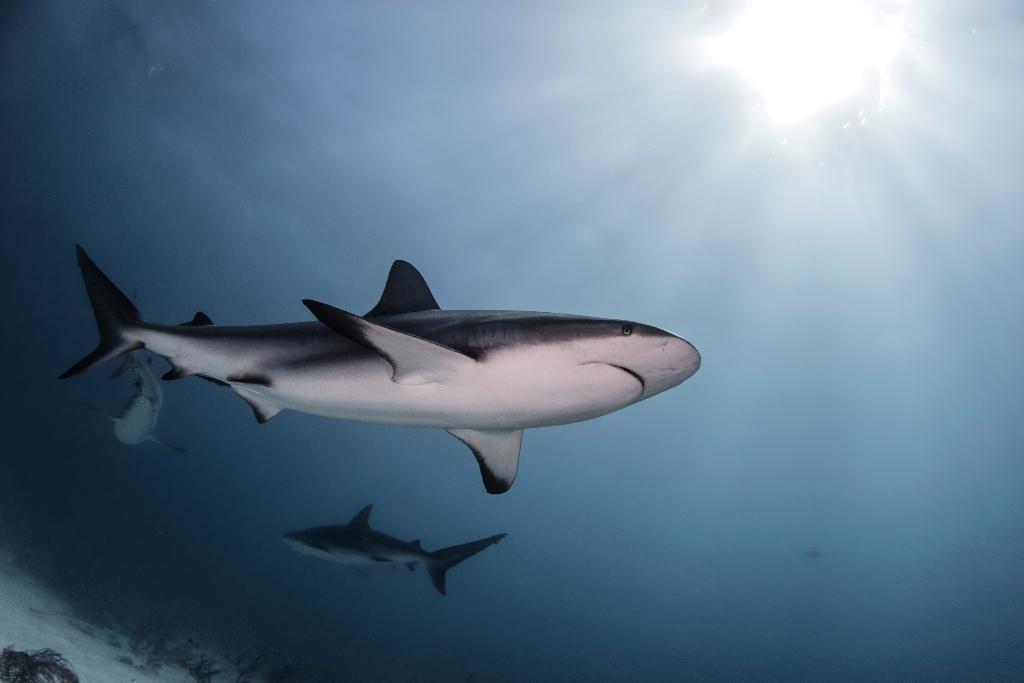
Bull sharks certainly have a reputation for being aggressive, but what makes them dangerous?
One standard theory is that their high testosterone levels make them quick to anger. However, recent research has shown that this might not be the whole story.
While it is true that bull sharks have high testosterone levels, they are not necessarily any more aggressive than other sharks. So, what makes them so dangerous?
Their size and strength make bull sharks a force to be reckoned with.
They can grow up to 11 feet long and weigh over 290 pounds, making them one of the most giant sharks in the ocean. When combined with their aggression, this makes them a very formidable opponent.
Another possibility is that they are more territorial than other types of sharks and will attack anything that enters their territory.
Are bull sharks stronger than other sharks?
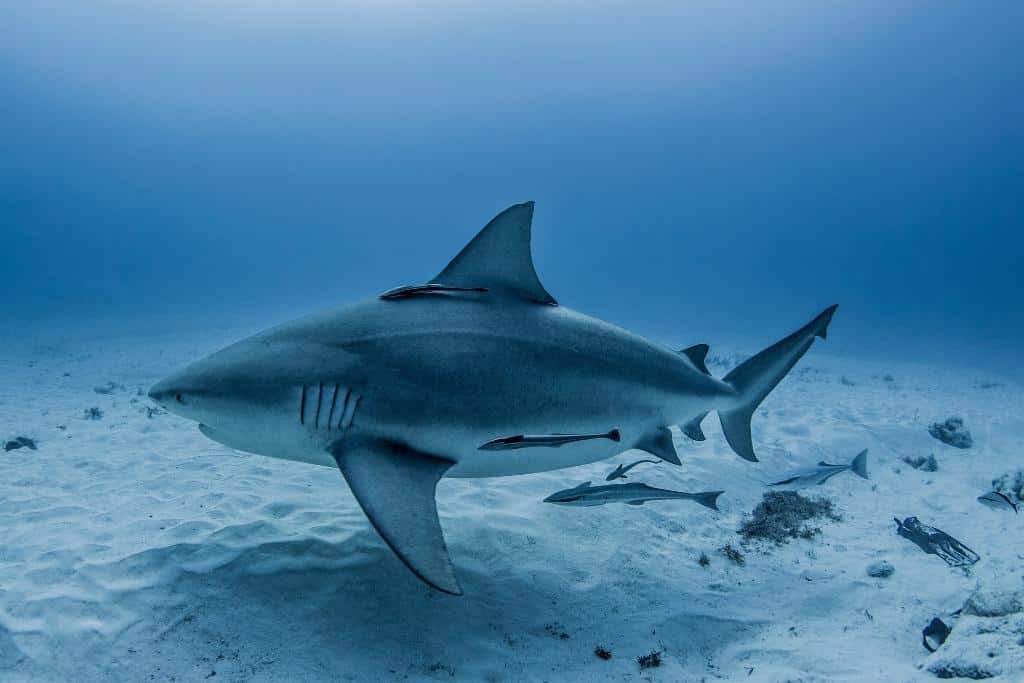
When people think of the most brutal shark, they imagine the great white shark. After all, great whites are some of the giant sharks in the ocean. However, size isn’t the only factor to consider when it comes to bite force.
Bull sharks are one of the most potent sharks in the world, pound for pound. Bull sharks have a unique muscle structure that allows them to generate more force than other sharks. They also have large teeth that are perfect for crushing their prey.
As a result, bull sharks aren’t just vital but also deadly predators.
So, while great whites might be one of the biggest sharks in the ocean, bull sharks are definitely the strongest.
Do bull sharks attack and kill humans?
Bull sharks are capable of inflicting serious injury with their powerful bites.
Bull sharks particularly like to eat fish, but they will also feed on small mammals and birds. And while humans are not their preferred prey, bull sharks have been known to attack swimmers.
Most of these attacks are not fatal, but the bull shark’s large teeth can cause severe damage.
And in rare cases, a bull shark’s bite can prove fatal if an artery is severed or the person sustained other severe injuries.
Has a bull shark ever killed anyone?
In terms of human fatalities, bull sharks rank behind great white sharks and tiger sharks.
25 recorded bull shark attacks have resulted in death, compared to 52 for great white sharks and 34 for tiger sharks.
However, it’s essential to remember that fatalities caused by bull sharks are often underreported.
Many of these attacks occur in remote areas or developing countries where data isn’t as readily available. In addition, bull sharks usually hunt in groups, so they may be more likely to attack multiple people at once.
For all these reasons, it’s safe to say that bull sharks are a force to be reckoned with.
Do bull sharks attack humans on purpose?
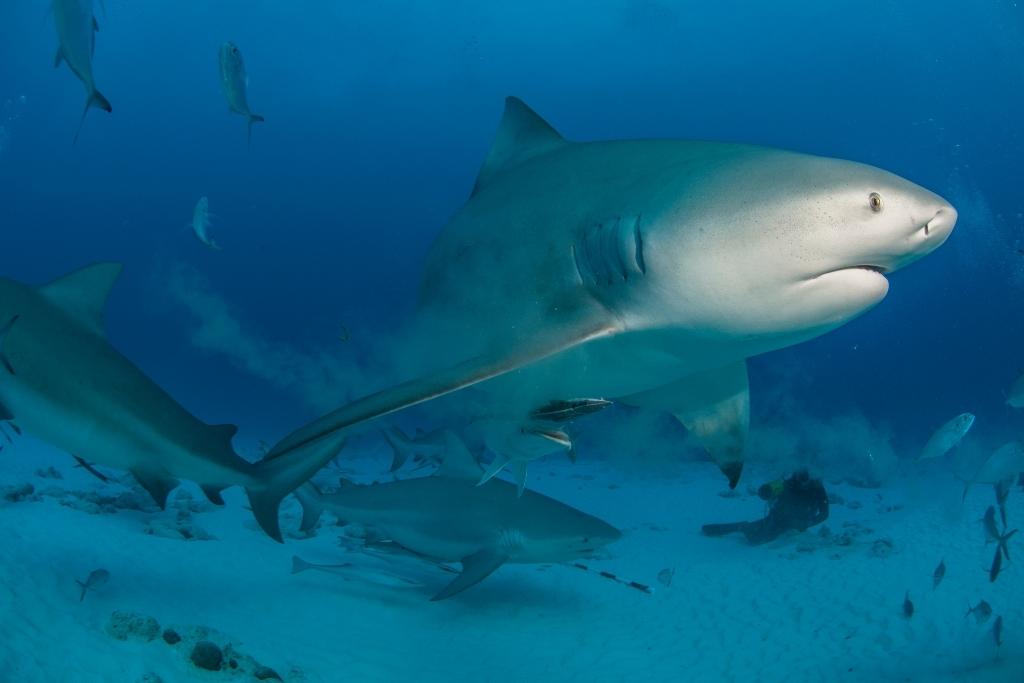
Bull sharks can survive in both fresh and salt water. They are common in waterways, particularly rivers and estuaries. This means they may come into contact with people on occasion. Bull sharks do not typically attack people on purpose, though.
Humans aren’t their usual food source, and attacks are generally accidental. The inevitable can sometimes happen, especially when people and bull sharks are nearby. Attacks by bull sharks are usually down to curiosity, as the shark is trying to figure out what the human is.
Why do bull sharks attack humans?
There are a few possible explanations:
- Bull sharks usually hunt in silty rivers, where visibility is low. This can make it difficult to differentiate between swimmers and their usual prey.
- Bull sharks are curious creatures and may take a chance to bite a human out of curiosity.
- Bull sharks protect their territory and may see a human as a threat.
Where is the most likely place to be attacked by a bull shark?
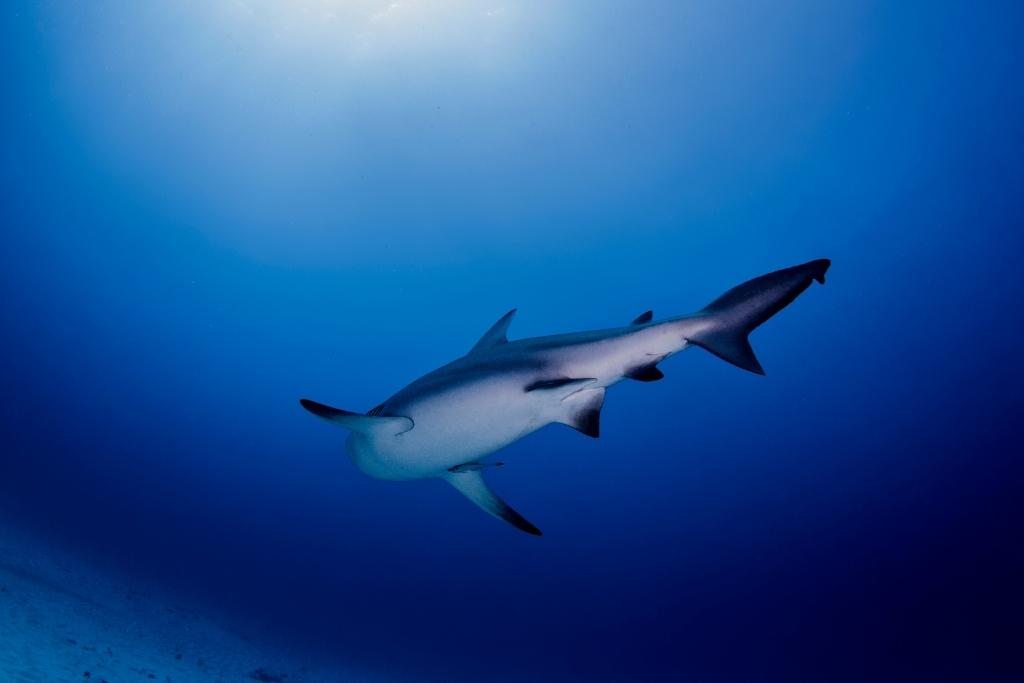
Many believe the most dangerous swimming place is in the open ocean, but this is not always the case. In fact, the most likely site to be attacked by a bull shark is in shallow water near the mouths of rivers.
Bull sharks are attracted to these areas because they offer an abundance of prey and often hunt at dusk when visibility is low.
As a result, swimmers unaware of the presence of bull sharks are at a greater risk of being attacked. If you find yourself in such an area, you must be cautious and avoid swimming at dusk.
Open water is one of the most dangerous places to swim with bull sharks. These sharks are often found near beaches and are attracted to areas with high activity levels. This means swimmers swimming alone or far from shore are at a higher risk of being attacked.
Five Most Dangerous Sharks to Humans
Of all the sharks in the world, which ones pose the biggest threat to humans? Here are five of the most dangerous sharks to humans (bull sharks included) based on factors such as attacks on people, size, and habitat.
| Shark Type | Bite Force | Fatal attacks |
|---|---|---|
| White Shark | 4,000 psi | 52 |
| Tiger Shark | 6,000 psi | 36 |
| Shortfin Mako Shark | 3,000 psi | 3 |
| Oceanic Whitetip Shark | 4,000 psi | Unknown, They attack Survivors of boats. |
| Bull Sharks | 1,350 psi | 25 |
The White Shark
The White Shark is perhaps the most feared, thanks to its large size and aggressive behavior. White Sharks are known to attack humans and are found in coastal waters worldwide. While their reputation is well-deserved, it is essential to remember that attacks on humans are relatively rare.
White Sharks are more likely to be interested in fish or marine mammals, such as seals. Many researchers believe that human-shark interactions are on the rise because of the increasing number of people swimming in areas inhabited by sharks.
With a better understanding of these powerful predators, we can learn to coexist with them and help protect them from becoming extinct.
The Tiger Shark
The Tiger Shark is regarded as one of the most fearsome predators in the sea. These vast sharks can reach up to 18 feet and are known for being aggressive and unpredictable.
While Tiger Sharks are found throughout the world’s tropical waters, they are most commonly seen in the warm waters near Australia and Hawaii.
The dark stripes that run down their bodies, called “tiger sharks,” resemble a tiger’s coat. However, these stripes fade as the shark matures, making it challenging to tell adults apart from juveniles.
The Tiger Shark is a giant, aggressive shark that has earned the reputation of being one of the most hazardous sharks.
They have been responsible for several attacks on humans, and they are known to eat just about anything, including garbage and other debris.
If you’re lucky (or unlucky) enough to spot a Tiger Shark while swimming or surfing, it’s best to stay calm and move slowly away from the area. Remember, these sharks are apex predators for a reason, so it’s best to avoid them altogether if possible.
The Shortfin Mako Shark
The Shortfin Mako Shark is a fast and agile predator found in temperate and tropical waters around the globe. Growing to an average length of 12 feet, Mako Sharks are one of the largest species of lamniform sharks, which also include great white sharks and thresher sharks.
Despite their large size, Makos are speedy swimmers and have been known to reach speeds of up to 50 miles per hour. While they are not known to attack humans, Mako Sharks have been implicated in several fatal accidents due to their aggressive behavior when hooked or cornered.
When provoked, these sharks have been known to attack boats and even humans, inflicting serious injury or death. For this reason, it is advised to exercise caution when encountering a Mako Shark in the wild.
The Oceanic Whitetip Shark
The Oceanic Whitetip Shark is a pelagic shark that roams the open ocean. It is considered one of the most dangerous sharks to humans because it often hunts in groups because of its aggressive nature. Although there have been fewer attacks by Oceanic Whitetip Sharks in recent years, they are still considered a threat to swimmers and divers.
The Oceanic Whitetip Shark typically grows about 10 feet long and can weigh up to 370 pounds. They are easily recognizable by the distinctive white tips on their fins. The rest of their bodies are a gray or blue color. They have a long, cone-shaped nose and large eyes. Their teeth are sharp and serrated, perfect for tearing flesh.
The Oceanic Whitetip Shark is a predator and will eat just about anything it can catch. Fish, seals, turtles, birds, and other sharks are all on the menu. They are especially fond of eating fish swimming near the water’s surface. This makes them a danger to humans, as they often mistake us for their prey.
